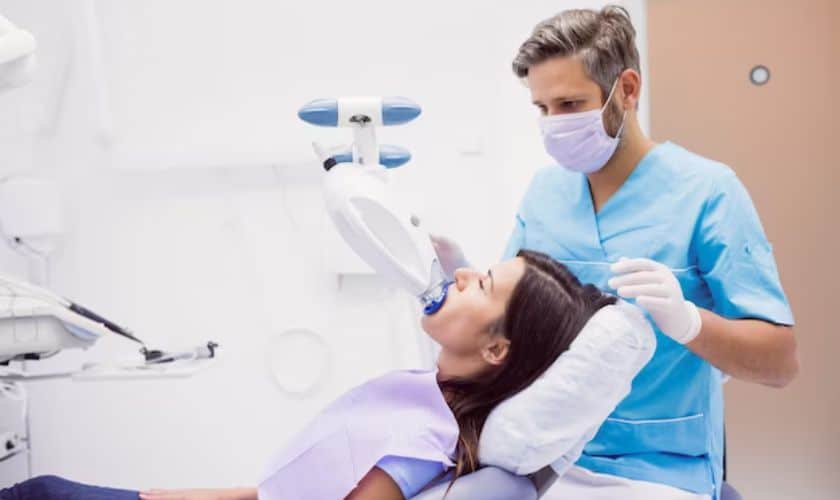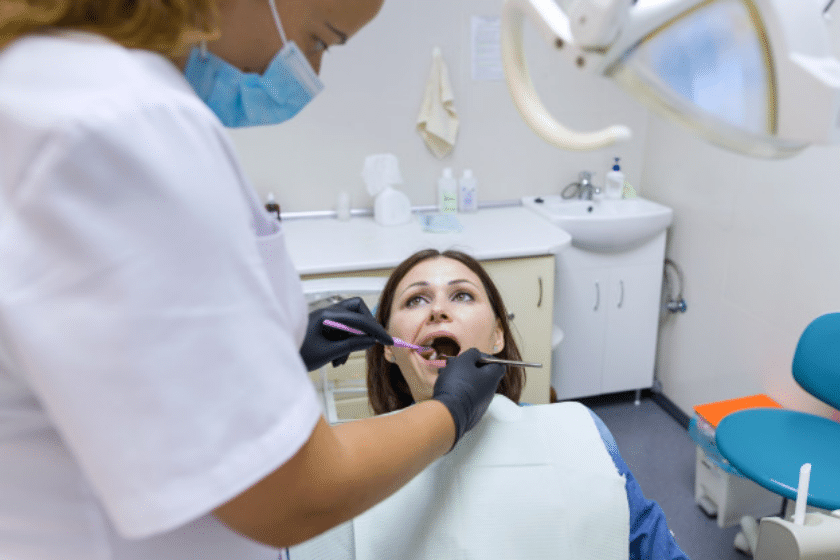
How Long Does It Take To Recover From Dental Sedation?
Getting dental work done can make even the calmest person feel a bit nervous. That’s where dental sedation steps in, helping patients stay relaxed, pain-free, and calm during procedures. But what happens after the dental work is done? How long does it actually take to recover from sedation?
Whether you’re prepping for wisdom teeth removal or a root canal, knowing what to expect during recovery makes the process a lot less intimidating.
Let’s break it down.
The Type of Sedation Is Important
First things first—not all sedation is the same. There are different levels, and the recovery time depends largely on the one a dentist uses.
Here are the most common types:
- Nitrous Oxide (Laughing Gas): The mildest form. It wears off within minutes after the mask is removed.
- Oral Sedation: Taken in pill form. You’ll feel drowsy for several hours.
- IV Sedation: Administered directly into a vein. It offers deeper sedation, and recovery can take longer, sometimes the rest of the day.
- General Anesthesia: This is the deepest sedation and requires the longest recovery, often up to 24 hours or more.
Each person’s body reacts differently, so these timelines are estimates.
Typical Recovery Timelines
Let’s take a closer look at how long it takes to recover, depending on the type of sedation dentistry in Cypress used:
- Recovery from dental sedation varies based on the type used. Nitrous oxide, often called laughing gas, wears off the fastest—usually within 15 to 30 minutes after the procedure ends.
- Oral sedation, taken as a pill, takes longer to clear from your system and typically requires 2 to 8 hours for full recovery.
- IV sedation, which is deeper and administered through a vein, may require 12 to 24 hours before you’re feeling completely back to normal.
- General anesthesia has the longest recovery time, often lasting 24 hours or more before it’s safe to resume regular activities.
According to the American Dental Association, nearly 10 million dental procedures are performed each year with some form of sedation. It’s safe, widely used, and highly effective for managing anxiety and pain.
What You Might Feel After Sedation
Depending on how your body processes the sedative, you may experience:
- Drowsiness or grogginess.
- Slight memory lapses.
- Slower reaction times.
- Nausea (less common, but possible).
- Dry mouth.
These effects are normal and usually wear off within the estimated recovery time. Most people bounce back by the next day, especially if they’ve had mild or moderate sedation.
Safety Tips for a Smooth Recovery
Here are a few simple things you can do to feel better, faster:
- Have someone drive you home: Never drive after sedation unless a dentist says it’s safe (usually only after nitrous oxide).
- Rest up: Don’t plan big activities afterward. Take the day off if needed.
- Stay hydrated: Water helps flush the sedative out of your system.
- Avoid alcohol or heavy meals: These can interfere with how your body recovers.
- Follow dentist’s instructions: Every case is different. Listen to their advice on when you can return to work or resume regular tasks.
When Should You Be Concerned?
Most people recover smoothly, but call a dentist if you experience:
- Prolonged dizziness or confusion.
- Vomiting that doesn’t stop.
- Trouble breathing or chest pain.
- Any allergic reaction.
These situations are rare but require attention.
Don’t Stress The Sedation!
The idea of being sedated might seem overwhelming, but recovery is often quicker and easier than expected. Most people are back on their feet within hours, especially with mild forms of sedation.
If our dentist recommends sedation dentistry, it’s to make your visit smoother and stress-free. And once the procedure is done, a little rest is usually all it takes to feel like yourself again.
Remember: everyone’s different. But with good planning, you can make your dental sedation experience a comfortable one—from start to finish.



